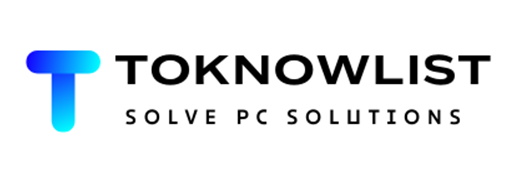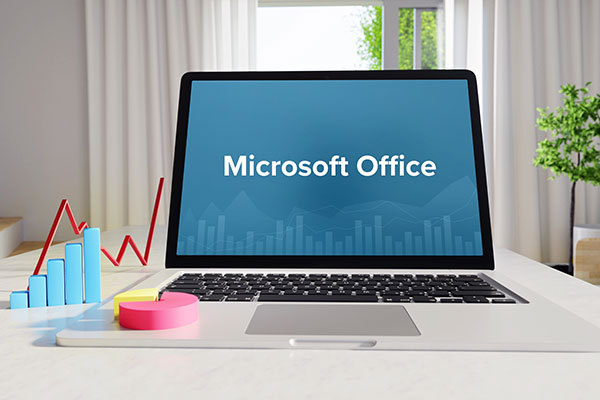GarageBand is a widely acclaimed digital audio workstation (DAW) developed by Apple, renowned for its user-friendly interface and powerful features. It allows musicians and audio enthusiasts to create, record, and mix music effortlessly. However, a significant limitation is that GarageBand is exclusively available for macOS and iOS devices. This leaves Windows users searching for ways to access this remarkable software. In this guide, we’ll explore how to download GarageBand for Windows on your PC, ensuring you can enjoy its full range of features without needing an Apple device.
Why Use GarageBand on Windows?
Before diving into the installation process, it’s essential to understand why you might want to use GarageBand on a Windows computer:
- Powerful Features: GarageBand offers a robust DAW experience, allowing users to record, edit audio, add effects, create music loops, and mix tracks. Its functionality rivals that of more expensive DAW software.
- User-Friendly Interface: The intuitive interface of GarageBand makes music production accessible even for beginners.
- Great Selection of Virtual Instruments: GarageBand comes with a wide variety of software instruments like synthesizers, samplers, drum machines, and guitars.
- Cost-Effective: Unlike most full-featured DAW software, GarageBand is free, making it a budget-friendly option for music production.
How to Download GarageBand for Windows: Step-by-Step
Step 1: Install macOS on a Virtual Machine
Since GarageBand is only supported on macOS, the first step is to install macOS on a virtual machine that can run on Windows. This process involves using virtualization software such as VMware or VirtualBox. Here’s how to do it:
- Download and Install Virtualization Software: Choose a virtualization platform like VMware or VirtualBox. Both offer compatibility with macOS and Windows.
- Obtain a macOS Virtual Machine Image: You’ll need a macOS virtual hard drive image (e.g., a .vmdk file) to use as the macOS hard drive.
- Create a New Virtual Machine: Open your virtualization software and create a new virtual machine, selecting the macOS virtual hard drive file.
- Configure the Virtual Machine Settings: Allocate at least 2 CPU cores and 4 GB of RAM to the virtual machine for optimal performance.
- Start the Virtual Machine: Launch the virtual machine and go through the macOS setup process.
Step 2: Download GarageBand
Once macOS is running on your virtual machine, you can download and install GarageBand:
- Open the macOS App Store: Click on the App Store icon in the dock to launch it.
- Search for GarageBand: Use the search bar to find GarageBand in the App Store.
- Download and Install GarageBand: Click on the “Get” button to download and install GarageBand on your virtual machine.
- Launch GarageBand: Once installed, you can find GarageBand in the Applications folder or Launchpad.
Using GarageBand on Windows
After following the installation process, you can now access the full GarageBand DAW experience on your Windows computer. Here are some tips for using GarageBand effectively within a virtual machine:
- Allocate Sufficient System Resources: Ensure that your virtual machine has enough CPU cores, RAM, and graphics memory for smooth performance.
- Use a Dedicated Audio Interface: An external USB audio interface can significantly reduce audio latency compared to virtualized audio drivers.
- Set Up File Sharing: Enable file sharing between Windows and the virtual machine to easily transfer project files and loops.
- Make Safety Backups: Regularly back up your project files to avoid losing work.
Alternative Options for GarageBand on Windows
If setting up a virtual machine sounds too complex, consider these alternative DAW options for Windows:
- Cakewalk: A professional DAW that’s free to download and use.
- Audacity: An open-source audio workstation great for recording and editing.
- FL Studio: A popular DAW for hip hop and electronic music production.
- Reaper: An affordable DAW with an unlimited evaluation period.
While these alternatives may lack some of GarageBand’s Apple-specific features, they work natively on Windows and are excellent options for music production.
Conclusion
Downloading GarageBand for Windows involves a few extra steps, but it opens up Apple’s excellent DAW software to PC users. By installing it in a macOS virtual machine, you can enjoy GarageBand’s powerful features, intuitive interface, and extensive instrument library. Ensure you properly set up the virtual machine and allocate enough system resources for the best experience. While native Windows programs like Cakewalk and FL Studio are easier to set up, GarageBand offers a uniquely simple yet powerful DAW experience. Follow this guide to unlock its musical creativity on your Windows PC.
You may also be interested freeware audio editor







